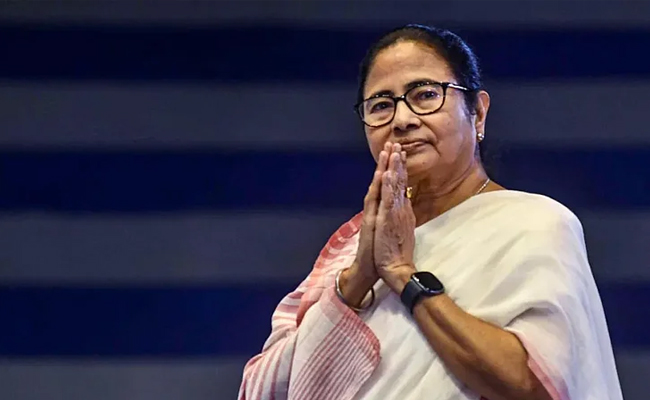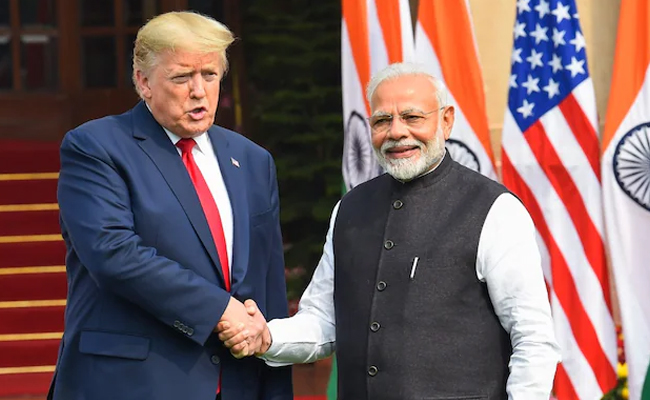Sydney (PTI): (The Conversation) In late November, Australia’s federal parliament passed landmark legislation banning under-16s from accessing social media.
Details remain vague: we don’t have a complete list of which platforms will fall under the legislation, or how the ban will look in practice. However, the government has signalled that trials of age assurance technologies will be central to its enforcement approach.
Video games and online game platforms are not currently included in Australia’s ban of social media. But we can anticipate how enforcing an online ban might (not) work by looking at China’s large-scale use of age verification technologies to restrict young people’s video game consumption.
In China, strict regulations limit children under 18 to just one hour of online gaming on specified days. This approach highlights significant challenges in scaling and enforcing such rules, from ensuring compliance to safeguarding privacy.
‘Spiritual opium’: video games in China
China is home to a large video game industry. Its tech giants, like Tencent, are increasingly shaping the global gaming landscape. However, the question of young people’s consumption of video games is a much thornier issue in China.
The country has a deep cultural and social history of associating video games with addiction and harm, often referring to them as “spiritual opium”. This narrative frames gaming as a potential threat to the physical, mental and social wellbeing of young people.
For many Chinese parents, this perception shapes how they view their children’s play. They often see video games as a disruptive force that undermines academic success and social development.
Parental anxiety like this has paved the way for China to implement strict regulations on children’s online gaming. This approach has received widespread parental support.
In 2019, China introduced a law to limit gaming for under 18-year-olds to 90 minutes per day on weekdays and three hours on weekends. A “curfew” would prohibit gameplay from 10pm to 8am.
A 2021 amendment further restricted playtime to just 8pm to 9pm on Fridays, Saturdays, Sundays and public holidays.
In 2023, China expanded this regulatory framework beyond online gaming to include livestreaming platforms, video-sharing sites and social media. It requires the platforms to build and complete “systems for preventing addiction”.
How is it enforced?
Leading game companies in China are implementing various compliance mechanisms to ensure adherence to these regulations. Some games have incorporated age-verification systems, requesting players to provide their real name and ID for age confirmation.
Some even introduced facial recognition to ensure minors’ compliance. This approach has sparked privacy concerns.
In parallel, mobile device manufacturers, app stores and app developers have introduced “minor modes”. This is a feature on mobile games and apps that limits user access once a designated time limit has been reached (with an exception for apps pre-approved by parents).
A November 2022 report by the China Game Industry Research Institute – a state-affiliated organisation – declared success. Over 75% of minors reportedly spent fewer than three hours a week gaming, and officials claimed to have curbed “internet addiction”.
Yet these policies still face significant enforcement challenges, and highlight a wider set of ethical issues.
Does it work?
Despite China’s strict rules, many young players find ways around them. A recent study revealed more than 77% of the minors surveyed evaded real-name verification by registering accounts under the names of older relatives or friends.
Additionally, a growing black market for game accounts has emerged on Chinese commerce platforms. These allow minors to rent or buy accounts to sidestep restrictions.
Reports of minors successfully outsmarting facial recognition mechanisms – such as by using photos of older individuals – underscore the limits of tech-based enforcement.
The regulation has also introduced unintended risks for minors, including falling victim to scams involving game account sellers. In one reported case, nearly 3,000 minors were collectively scammed out of more than 86,000 yuan (approximately A$18,500) while attempting to bypass the restrictions.
What can Australia learn from China?
The Chinese context shows that a failure to engage meaningfully with young people’s motivations to consume media can end up driving them to circumvent restrictions.
A similar dynamic could easily emerge in Australia. It would undermine the impact of the government’s social media ban.
In the lead-up to the law being introduced, we and many colleagues argued that outright bans enforced through technological measures of questionable efficacy risk being both invasive and ineffective. They may also increase online risks for young people.
Instead, Australian researchers and policymakers should work with platforms to build safer online environments. This can be done by using tools such as age-appropriate content filters, parental controls and screen time management features, alongside broader safety-by-design approaches.
These measures empower families while enabling young people to maintain digital social connections and engage in play. These activities are increasingly recognised as vital to children’s development.
Crucially, a more nuanced approach fosters healthier online habits without compromising young people’s privacy or freedom.
Let the Truth be known. If you read VB and like VB, please be a VB Supporter and Help us deliver the Truth to one and all.
Thiruvananthapuram (PTI): Buoyed by the strong performance of the Congress-led UDF in the local body polls, KPCC president Sunny Joseph said on Saturday that the front's results indicated the people had rejected the LDF government.
According to early trends, the UDF was leading in more grama panchayats, block panchayats, municipalities and corporations than the LDF.
The local body polls were held in two phases in the state earlier this week.
ALSO READ: Cong candidate who moved Kerala HC for name reinstatement in voter list, wins
Speaking to reporters here, Joseph said the people of Kerala had extended their support to the UDF.
"We could expose the LDF government’s anti-people stance and the people understood it. The LDF’s fake propaganda was rejected by the people. The UDF is moving towards a historic victory," he said.
He said a united effort, proper preparations, good candidate selection and hard work had resulted in the Congress and the UDF’s victory in the elections.
Asked about the prospects in the Thiruvananthapuram Corporation, Joseph said the party was studying the matter and would comment later.
LDF convenor T P Ramakrishnan said the results would be closely examined.
According to him, the government had done everything possible for the people.
"Why such a verdict happened will be examined at the micro level. People’s opinion will be considered and further steps will be taken," he said.
He added that decisions would be taken after analysing the results. "If any corrective measures are required, we will initiate them and move forward," he said.
AICC leader K C Venugopal said the results showed that people had begun ousting those who, he alleged, were responsible for the loss of gold at Lord Ayyappa’s temple.
"This trend will continue in the Assembly elections as well. It is an indication that the people are ready to bring down the LDF government," he said.
Venugopal said the UDF had registered victories even in CPI(M) and LDF strongholds.
"I congratulate all UDF workers for their hard work. Congress workers and leaders worked unitedly," he said.
Referring to remarks made by Chief Minister Pinarayi Vijayan against the Congress on polling day, Venugopal said the voters had responded through the verdict.
"I do not know whether the chief minister understands that the people are against him. Otherwise, he does not know the sentiment of the people. The state government cannot move an inch further," he said.
He said the results indicated a strong comeback for the UDF in Kerala.
Asked whether the Sabarimala gold loss issue had affected the LDF in the local polls, Venugopal said the CM and the CPI(M) state secretary did not take the issue seriously.
"We took a strong stand on the matter. The BJP played a foul game in it," he alleged.
On the BJP's role in the local body elections, Venugopal alleged that the party operated with the CPI(M) 's tacit support.
"The CPI(M) supported the central government on issues such as PM-SHRI, labour codes and corruption in national highway construction. The CPI(M) is facing ideological decline, and the state government’s policies are against the party’s own decisions," he said.
Meanwhile, LDF ally Kerala Congress (M) leader Jose K Mani said the party could not win all the wards it had expected in the elections.
He congratulated winners from all parties and said the party would closely examine the losses and identify shortcomings. "Later, we will take corrective measures," he added.
Senior Congress leader and MP Rajmohan Unnithan said the trends in the local body elections indicated that the UDF would return to power in the 2026 Assembly elections.
"We will win 111 seats as in 1977 and return to power in 2026. The anti-government sentiment of the people is reflected in the elections," he said.
Unnithan said the people were disturbed and unhappy with the present government.
"The trend indicates the end of the LDF government," he added.
CPI(M) MLA M M Mani said the people had shown ingratitude towards the LDF despite benefiting from welfare schemes.
"After receiving all welfare schemes and living comfortably, people voted against us due to some temporary sentiments. Is that not ingratitude," he asked.
Mani said no such welfare initiatives had taken place in Kerala earlier.
"People are receiving pensions and have enough to eat. Even after getting all this, they voted against us. This is what can be called ingratitude," he said.
Muslim League state president Panakkad Sayyid Sadiq Ali Shihab Thangal said the results were beyond expectations.
"The outcome points towards the Secretariat in Thiruvananthapuram, indicating that a change of government is imminent. We are going to win the Assembly election," he said.





